Economy
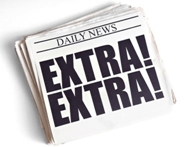
Paint Increase Surprises Prepaint Market
Written by Tim Triplett
January 16, 2019
Sherwin-Williams has announced a 6 percent hike in the cost of paint effective in March, upsetting customers in the prepainted steel and aluminum market.
“There is no justification for this paint increase,” said one coil coater. “Oil prices are at their lowest level in years.”
Sherwin-Williams raised prices twice last year when oil prices were much higher, but did not lower the cost of the petroleum-based products when oil prices plummeted. “Paint prices have never dropped, which is amazing,” said one executive. Combined with last year’s increases, the cost of paint has gone up by nearly 20 percent, he estimated. “When you look at all the inputs, this price increase makes no sense. In my opinion, the other paint companies will not follow, so the pressure will be on Sherwin-Williams. They will have to decide how committed they are to the increase.”
“I can’t imagine the paint increase being successful. We see market conditions [in prepaint] being really tough right now with prices continuing to fall,” added a service center executive.
The prepaint market is extremely competitive, with excess coil coating capacity domestically and imports still arriving from Mexico and Asia despite the U.S. tariffs. On top of that, demand in construction and other key markets showed signs of slowing in fourth-quarter 2018, making it difficult for prepaint suppliers to pass along the additional cost. “Usually October is a great month for us in the Southeast, but not last October. Demand was not that strong,” the executive noted.
Sherwin-Williams did not respond to SMU’s request for comment.

Tim Triplett
Read more from Tim TriplettLatest in Economy

US sets Section 232 tariffs on trucks and buses
Medium- and heavy-duty trucks (MHDV) and buses imported to the US will start being charged Section 232 tariffs beginning Nov. 1.
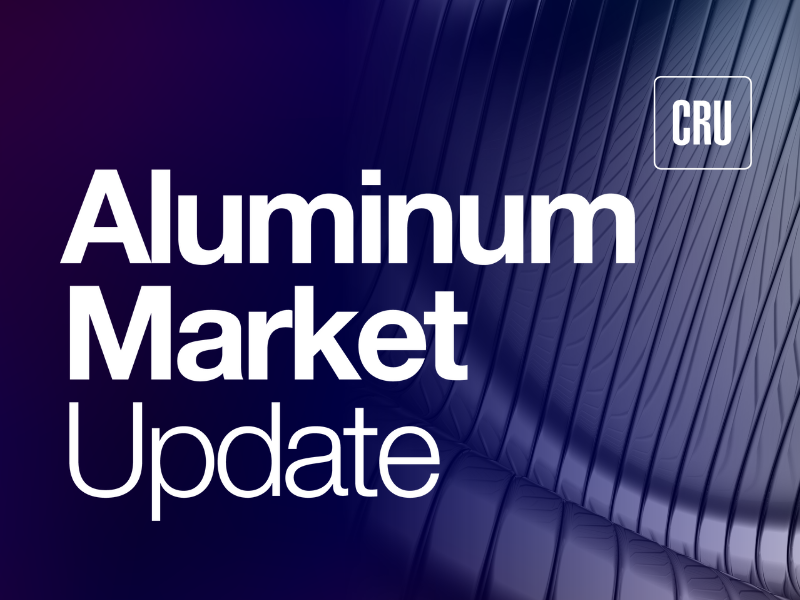
AMU: Consumer auto delinquencies: Warning sign for consumer health?
The Consumer Federation of America estimates rising total auto debt at a staggering $1.66 trillion, along with increasing repossessions and a sharp increase in delinquencies.
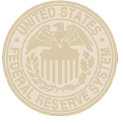
Beige Book: Regional market growth remains mostly flat
Economic growth in some US regions in September was offset by challenges in others, causing the market to appear largely unchanged overall, according to the Federal Reserve’s latest Beige Book report.
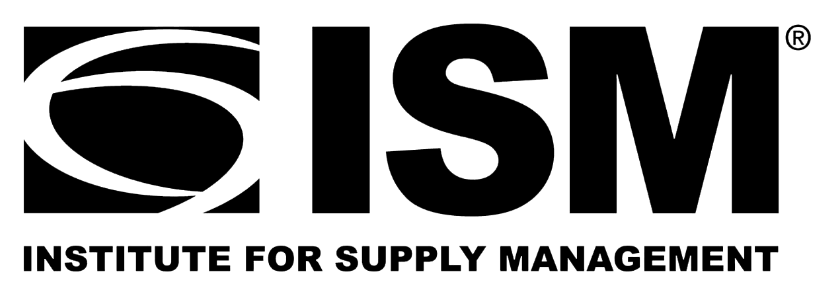
ISM September survey captures deepening manufacturing gloom
The Institute for Supply Management’s (ISM) latest monthly report on manufacturing reflects a bleak view of American industry in September.
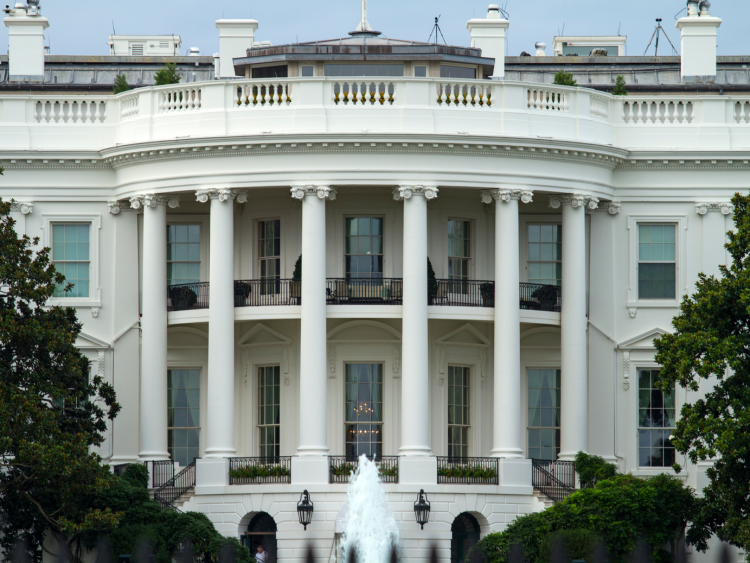
Key industries concerned over government shutdown’s impact on steel, manufacturing
Trade groups cautioned that a prolonged shutdown could strain US industry.
